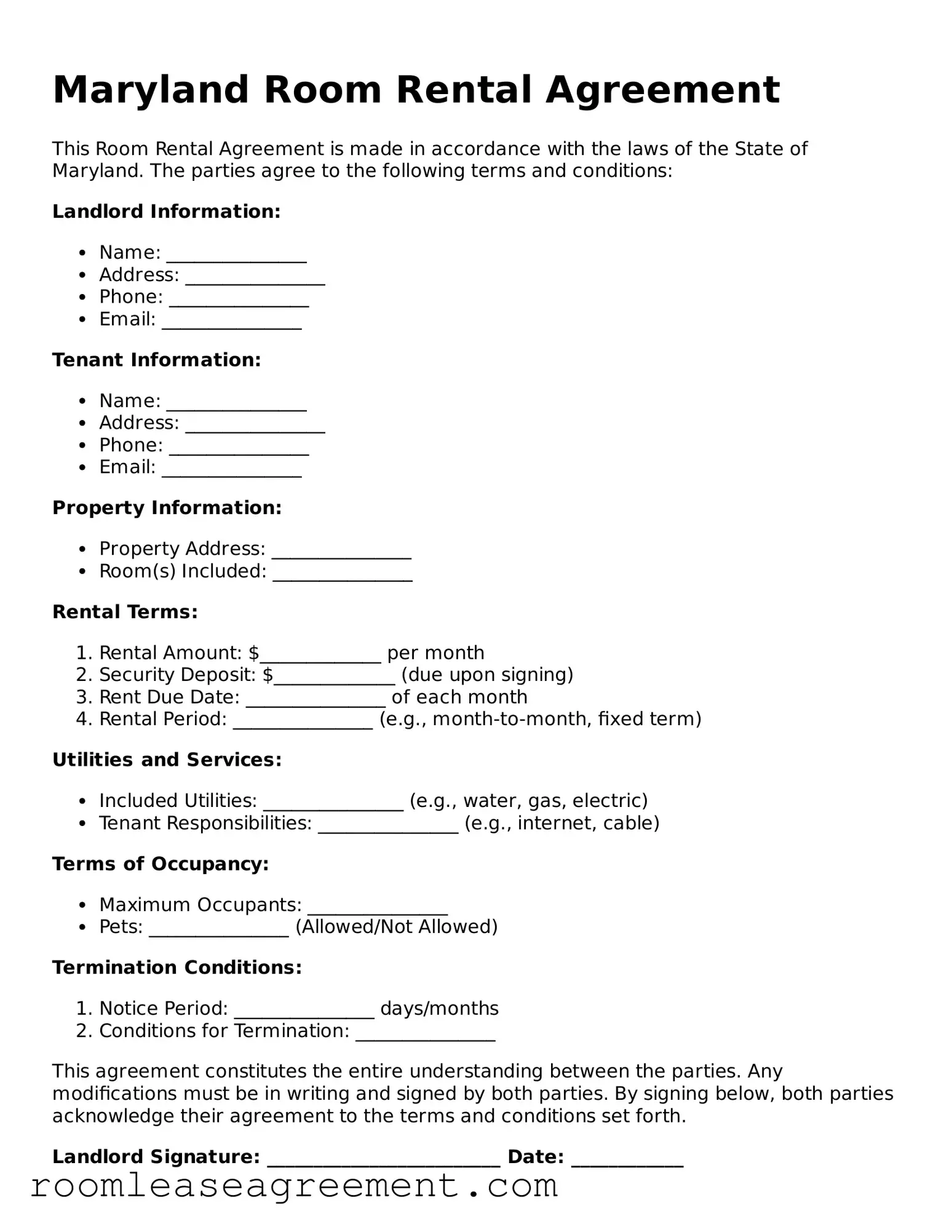Popular Room Rental Agreement State Templates
Roommate Agreement Template Free - Allows for modifications with written consent from both parties.
Basic Room Rental Agreement - Addresses any penalties for unauthorized occupants.
The Trader Joe's application form is a document prospective employees fill out to express their interest in joining the company. This form provides an opportunity for candidates to present their qualifications and experiences in a structured manner. Understanding the application process is essential for anyone looking to become part of this unique grocery chain, and more information can be found at topformsonline.com/trader-joe-s-application.
Room Rental Agreement Nevada - Define the term of the rental lease, whether short or long-term.
Room Lease Agreement Template Free - Lists acceptable forms of payment for rent.
